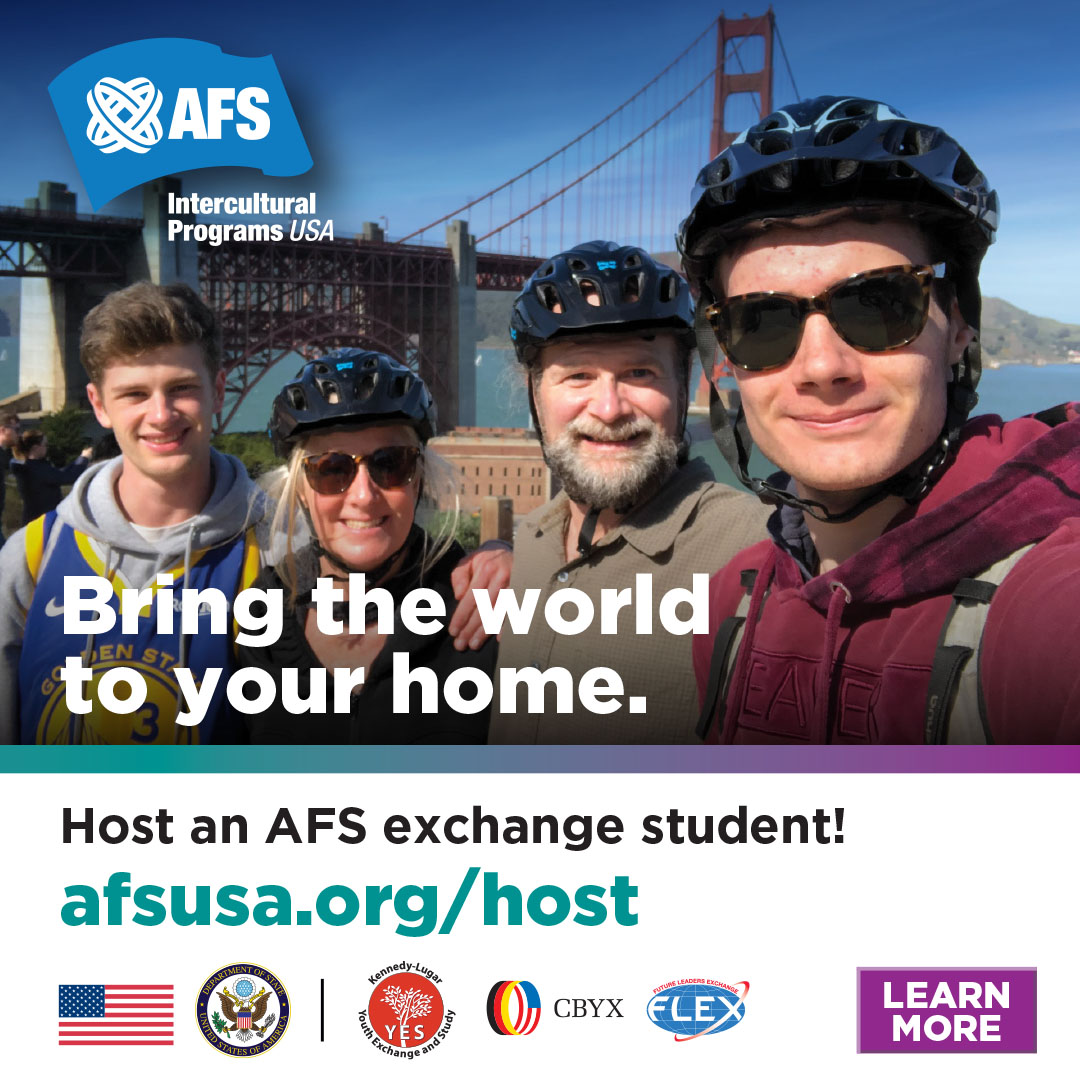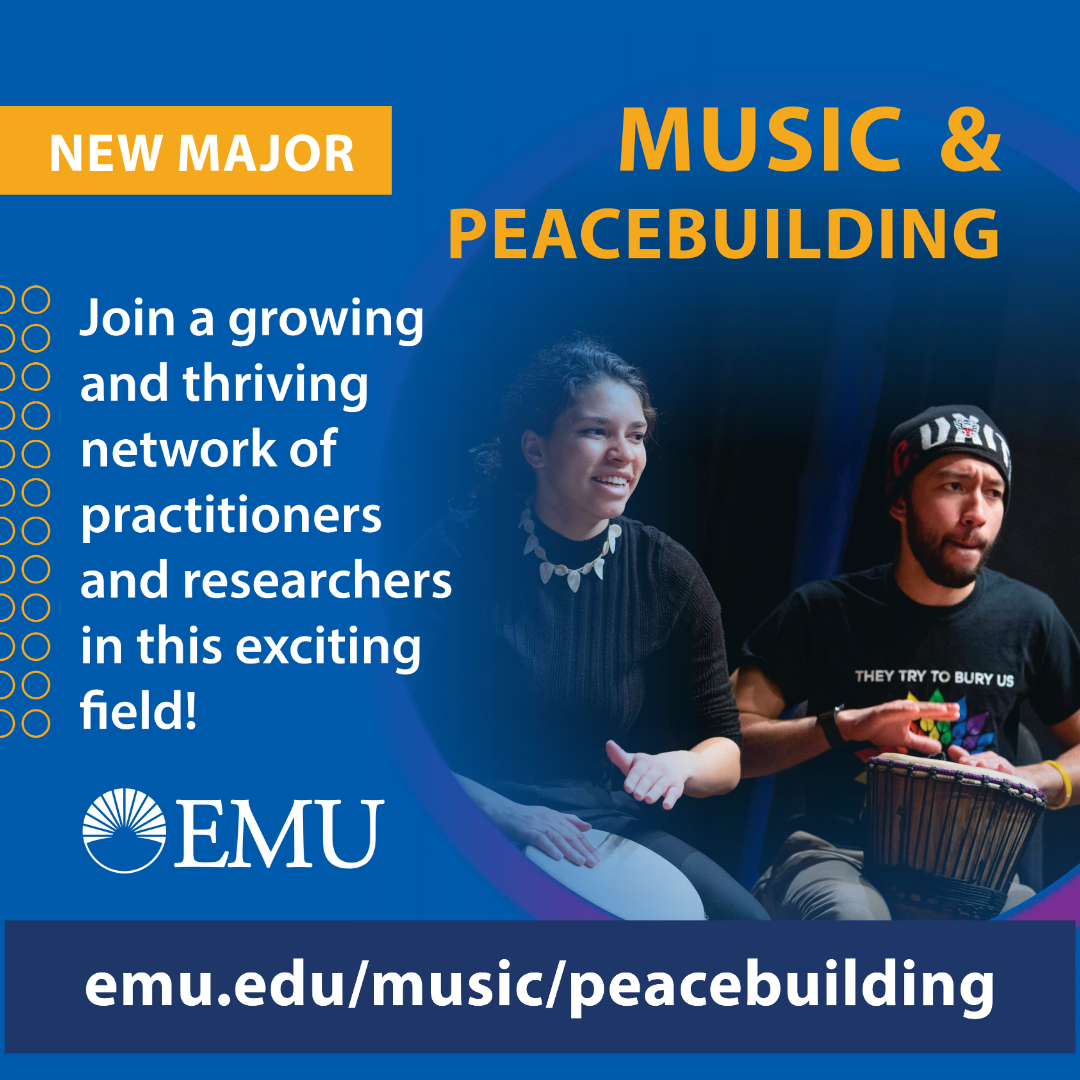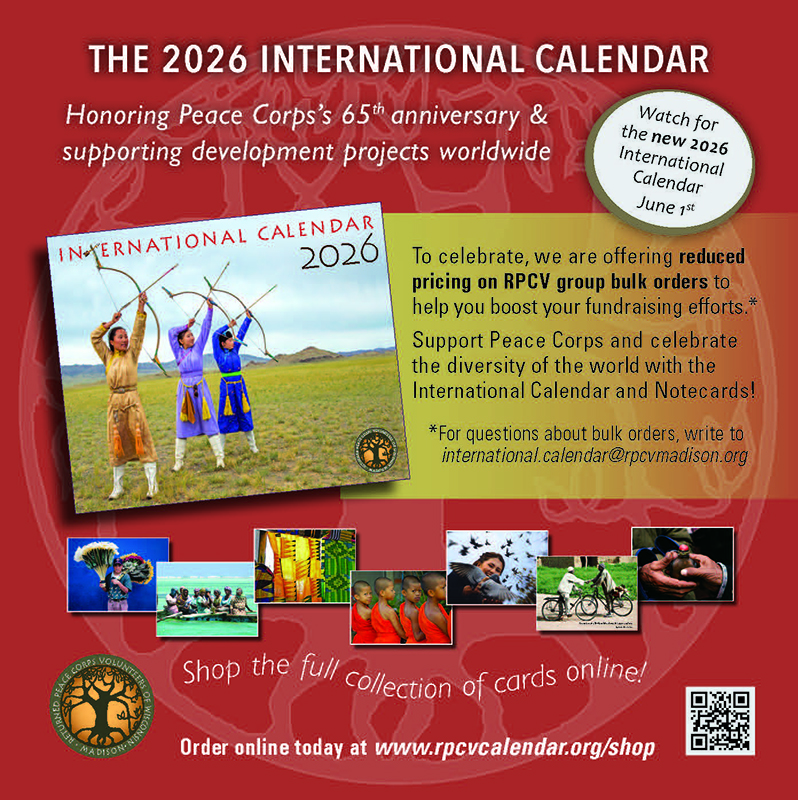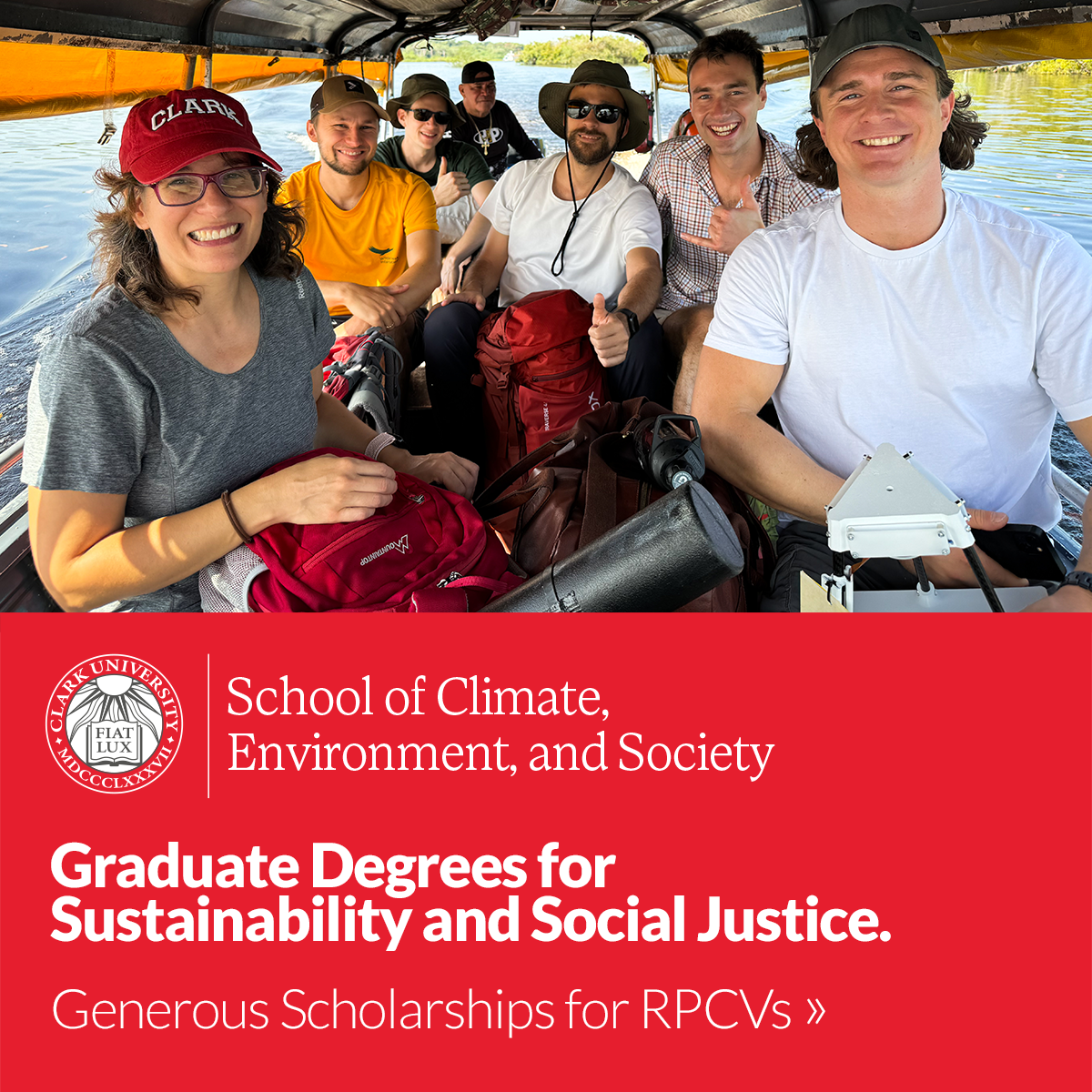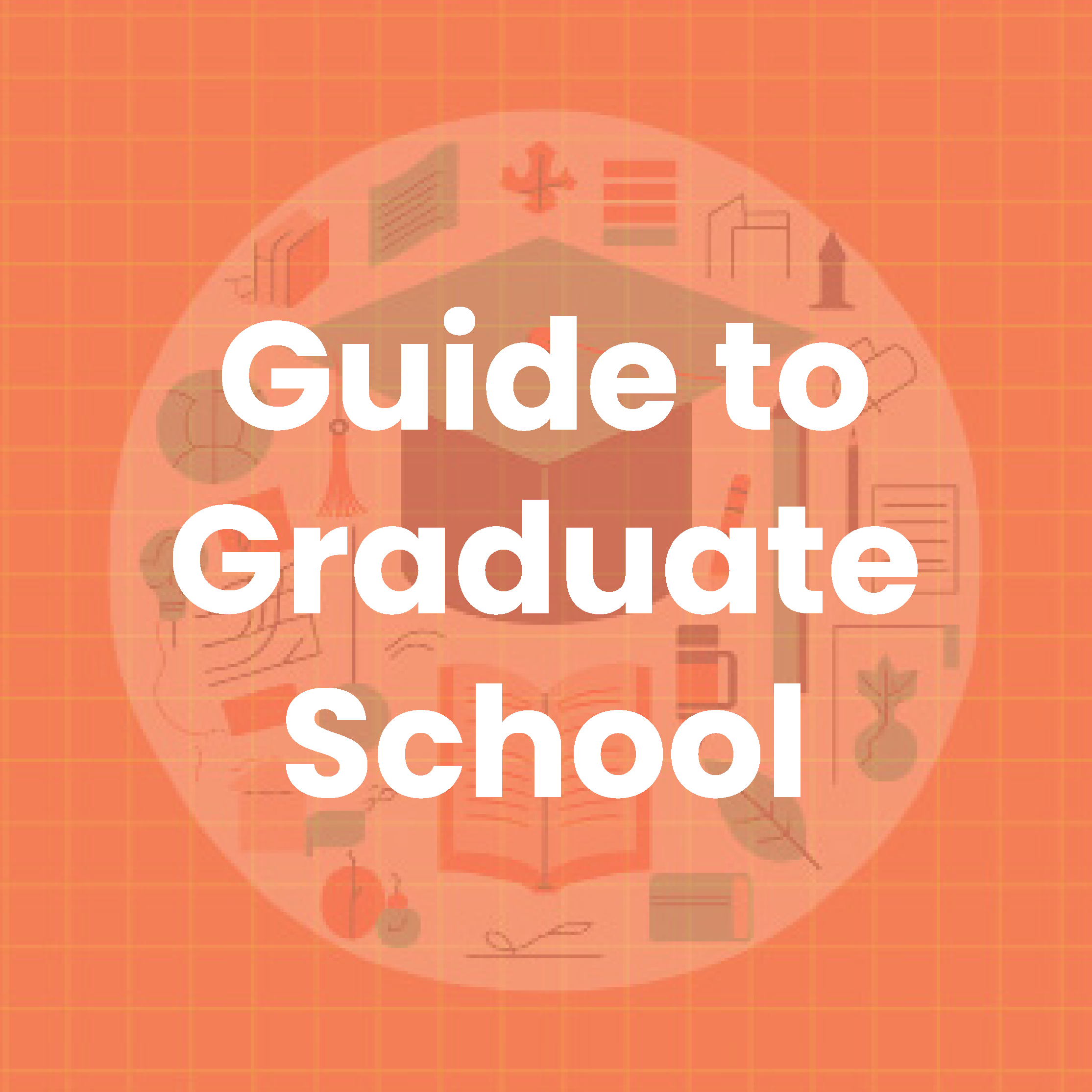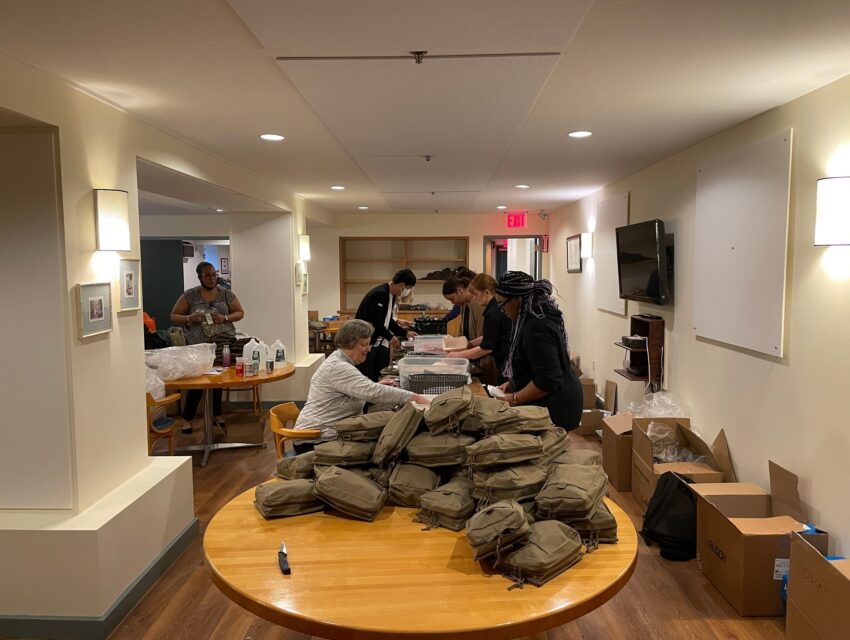
Country Connections
RPCV groups provide a bridge to their countries of service
For many Peace Corps Volunteers, the end of service and the return to the “real world” is a double-edged sword: we’re tired of stomach viruses and happy to once again have access to sushi delivery, but we’re also committed to service and the well-being of the friends and neighbors we left behind.
The deep and multifaceted connection we have to our host countries doesn’t stop when we step off the airplane upon returning home, and it’s here that country-based RPCV groups step in, helping us to keep that connection fresh and continue to make an impact long after we leave.
One hundred and forty-two countries have hosted Peace Corps Volunteers since the program’s founding in 1961, and roughly half of NPCA’s 130 affiliate groups are based around returned Volunteers’ country of service. These country-based groups face unique challenges—mainly that their membership is scattered across the U.S. and the world—but they also have distinct advantages that have allowed some of them to make a significant impact in places where they served and their help is needed most.
Regional groups are oriented around the fact that their members live in the same place, whereas country-of-service groups have a clarity of mission built around Volunteers’ status as “honorary citizens” of their host countries—an identity that stays with them no matter where their family or career ambitions take them.
This has helped make fundraising and grant-making efforts a primary focus of such groups—with the impact of such efforts often amplified by the on-the-ground connections of a growing cohort of RPCVs, guaranteeing that aid flows to the communities that most need it.
Friends of Niger is a great example. Working with a country that has experienced significant political upheaval and terrorist activity in recent years, the group says it has paid out more than $340,000 in grants since it ramped up its fundraising program in 2019, running a rigorous process to vet recipients and ensure that the money is well spent.
“There are NGOs in Niger that get in trouble and have gotten kicked out for working with the wrong people,” said the group’s president, Amy Wilson (Niger 1982–84), “so we want to see the receipts.”
Along with a detailed application process, the group runs potential grantees past the U.S. Embassy, screens them against the U.S. terror watchlist, and has board members that regularly travel to Niger to conduct site visits of funded projects.
Newer groups like Friends of South Africa, created in 2017, are taking a more innovative approach to supporting projects in-country. In July the group will host a Shark Tank-style event called Project Pitch, which will award a $1,000 prize to a current Volunteer and their counterpart, who must both appear in the five-minute pitch video describing the proposed project. Conceived by Nicole Banister (South Africa 2013–16), one of the group’s founders, Project Pitch quickly met its $1,000 goal for the award through crowdfunding and hopes the event will serve as a template for other groups looking for engaging ways to make an impact on their country of service.
Central to the effort is the close connection the group has with current Volunteers. Based on the success of their virtual hangouts for current Volunteers and their mentorship program for those who want extra support, the local Peace Corps office invited Friends of South Africa to pitch the contest during in-service training.
“We’ve already met our main definition of success in raising enough money,” said Summer Gardner (South Africa 2018–20), the group’s president. “And Volunteers have told us they’re excited to participate. Now we just hope we can make an impact on a currently serving Volunteer and their community—even a small one.”
Perhaps where these groups’ efforts really shine is in disaster relief, when quick funds are most needed and can be difficult to distribute efficiently to impacted communities.
In January 2022, a tsunami slammed into the Tongan archipelago, creating an immediate need to support displaced communities. Friends of Tonga was able to mobilize its board—one-third of whom are Tongan—to start coordinating relief efforts within 48 hours. The group raised $6,000 within the first week after the event and subsequently received a flood of donations; their local connections were critical in ensuring that these funds successfully reached the affected communities.
“Once we started doing development work, we realized we were no longer just a Peace Corps alumni group, and that it was important to have local people involved,” said Michael Hassett (Tonga 2012–14), who co-founded a revived Friends of Tonga in 2017. “We have Tongan leaders in the diaspora in New Zealand and some in Tonga, and they are guiding our program to make sure we are doing this ethically.”
Thanks to the efforts of international rugby player Charles Piutau, members of the Tongan diaspora helped Friends of Tonga raise more than $300,000 for tsunami relief after the RPCV group was itself vetted by several participating rugby clubs, businesses, and celebrities, including professional wrestler Ronda Rousey.
As the only secular nonprofit in the U.S. that is specifically focused on Tonga, the group was perfectly positioned to have a massive impact.
“We’ve been able to have this experience due to sheer dumb luck and the fact that the Tongan community is so engaged,” Hassett said. “Our programs have touched 50 percent of Tongans by this point, which is pretty amazing.”
Even for less active country groups, disaster relief presents an opportunity for engagement that is hard to ignore. When an earthquake hit southern Morocco in September 2023, the Friends of Morocco RPCV group was relatively moribund, said the group’s longtime president, Tim Resch (Morocco 1970–74).
“The earthquake was an opportunity for us to dust off our credibility,” he said. The group was able to raise more than $24,000 to support several local organizations that provided reconstruction and relocation services on the ground. Still, he wishes Friends of Morocco could have done more to build on this momentum. Instead, the committee of RPCVs that came together for the effort disbanded soon after.
“It’s not really a success story,” Resch said. “When it’s a oneman show, it’s very time-consuming to set up your own fundraising and distribution operation, and it’s hard to make everyone happy.”
While one motivated individual can no doubt accomplish a great deal, the experience of Amigos de Bolivia y Peru demonstrates how important it is to leverage the power of groups in order to have a continued impact.
Gloria Levin (Peru 1966–68), that group’s president for the past two decades, has been trying to find younger RPCVs to take over for years, but despite having $14,000 in the bank to serve as seed money for what she believes should become two separate RPCV groups, she’s had little success finding fresh leadership.
“There’s usually one person in every group that’s the glue, and even three to four people can make a group successful, but we need help,” Levin said. “One big problem is having access to Volunteers who are ending their service. We used to get help from Peace Corps desk officers, but that has all ended.”
NPCA is working to address this issue, preparing a petition to Peace Corps director Carol Spahn to request an exemption from a 10-year-old congressional act that limits government agencies’ ability to share information about RPCVs with anyone outside the federal government.
“Reviving this practice benefits the NPCA community, current and future Volunteers, and the Peace Corps,” said NPCA Advocacy Director Jonathan Pearson (Micronesia 1987–89). “NPCA and its affiliates have the human infrastructure across the entire country to engage local communities through sharing the importance and benefits of Peace Corps service. While all RPCV voices are needed in these efforts, the voices of newly returning Volunteers are especially important because of the recency of their service.”
While the effort, if successful, will take some time to impact RPCV groups’ recruitment efforts, there is reason to be hopeful as new generations of Volunteers mobilize to do the legwork themselves.
Mikaela Tennis (Mexico 2016–18) is the president of Friends of Mexico, an RPCV group established and affiliated in 2023. Along with the group’s co-founders, she mined personal contacts to seed an initial list of more than 300 of the 552 Volunteers who have served in Mexico since the program started in 2004. The effort took months, but the organizers hope that their virtual events will help them gain traction for the future.
“We know that engagement is the key to having people feel like they are part of the group, and we are definitely in a probationary period to see if that will catch on,” Tennis said. “But the admin team is very devoted, and we see a lot of opportunity to help Mexico in the longer term.”
Greg Emerson is a journalist and digital strategy consultant who served in Morocco and Peru from 2003 to 2005.
Related Articles
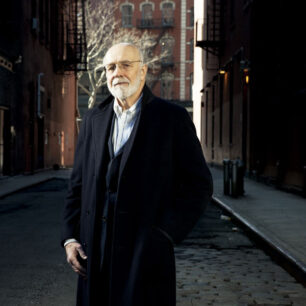
Made in America
Charlie Clifford (Peru 1967–69) is the founder of Tumi Inc., a global travel luggage brand, as well as Roam Luggage.…
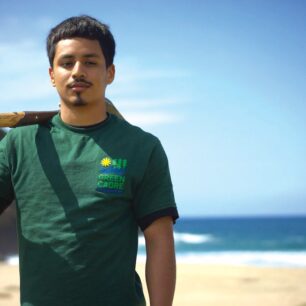
“Bigger Than Peace Corps”
California Service Corps is the largest state-based service program in the U.S. , with more than 10,000 volunteers across the…
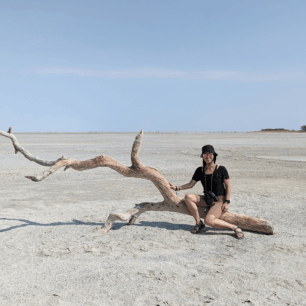
Signal Boost
The digital world is awash in voices seeking monetary reward or improved social status, as the online acronym goes, IRL…
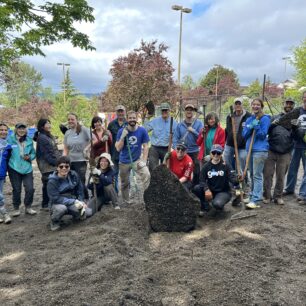
Garden of Refuge
As part of our commitment to continued service, the Seattle Peace Corps Association (SEAPAX) is partnering with World Relief Western…

